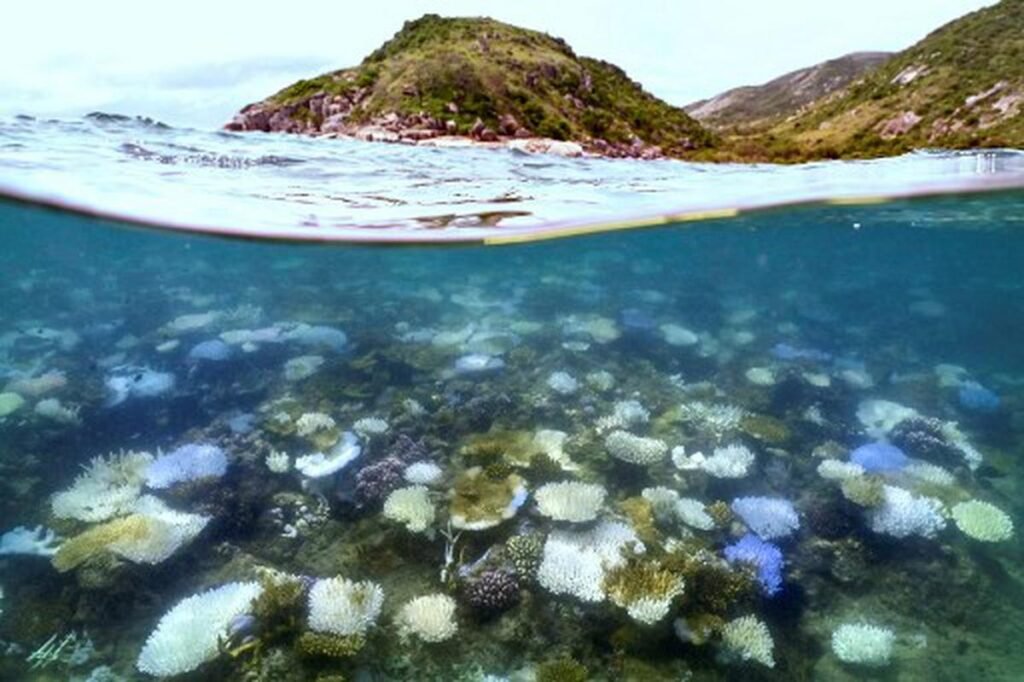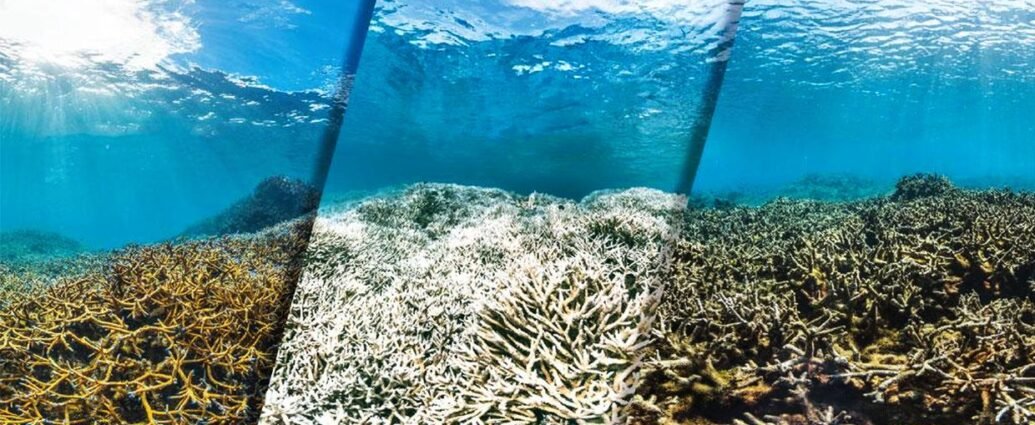The Great Barrier Reef, a natural wonder teeming with life, is facing a dire threat. A scorching coral bleaching event, one of the worst on record, is raising fears for the reef’s future amidst a worsening climate crisis.

This event is part of a larger global trend. According to the US National Oceanic and Atmospheric Administration (NOAA), it’s the second major bleaching event in just a decade. Coral bleaching occurs when water temperatures rise above a critical point, typically exceeding 1°C (33.8°F).
The Great Barrier Reef, a staggering 2,300-kilometer (1,400-mile) expanse, is the world’s largest living structure. This underwater marvel boasts over 600 coral types and a mind-blowing 1,625 fish species. Beyond its ecological significance, the reef is a powerhouse for Australia’s tourism industry, generating billions annually.
Unfortunately, repeated bleaching events are taking a devastating toll. Once vibrant coral colonies are succumbing to a ghostly white pallor. Surveys reveal that over 600 reefs are experiencing bleaching, with 10% classified as suffering extreme bleaching. In these severely impacted zones, more than 90% of corals are stressed and unlikely to recover. Disturbingly, dead coral is being overtaken by a telltale brown algae, a grim confirmation of its demise.

The frequency of these bleaching events is particularly alarming. Previously, these events occurred roughly every decade. Now, they’re happening with alarming regularity – in 1998, 2002, 2016, 2017, 2020, 2022, and now in 2024. While coral can potentially recover from bleaching, the ever-shortening intervals between events leave them with less and less time to bounce back.
The outlook is bleak. Scientists predict that with a 2°C rise in global temperatures, coral cover worldwide could plummet by a staggering 95%. Even a seemingly modest increase of 1.5°C would trigger widespread bleaching, impacting 70% of coral reefs. Unfortunately, current global climate pledges, even if fully met, would still put us on track for exceeding these critical thresholds.

Efforts are underway to mitigate coral bleaching. These projects, often localized, involve breeding coral on artificial reefs, relocating coral colonies, manipulating cloud cover to reflect heat, and controlling coral predators. While these efforts are commendable, they ultimately address symptoms, not the root cause – climate change.
The fight to save the Great Barrier Reef, and coral reefs worldwide, hinges on our ability to curb global warming. Without significant reductions in greenhouse gas emissions, this underwater treasure and the countless species it shelters face an uncertain future.
Reference- The Hindu, US National Oceanic and Atmospheric Administration (NOAA) website, National Geographic, The Guardian






